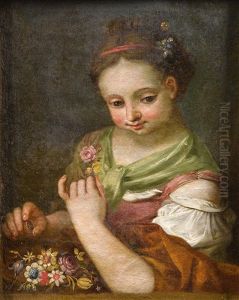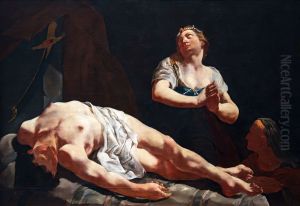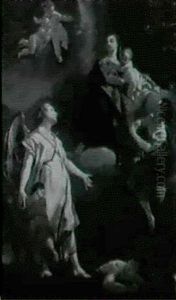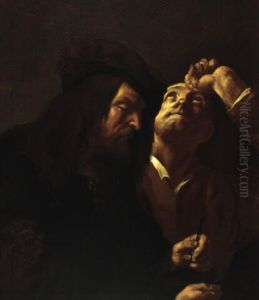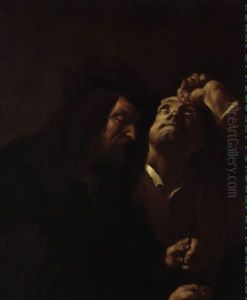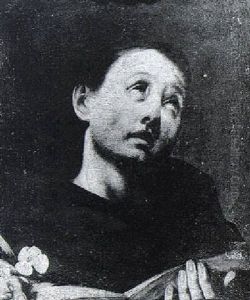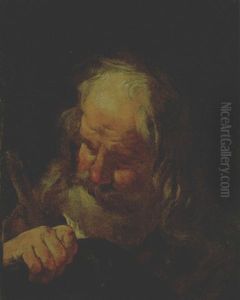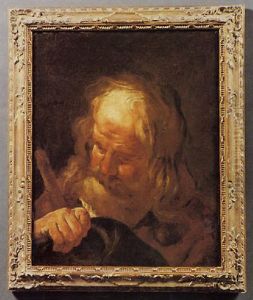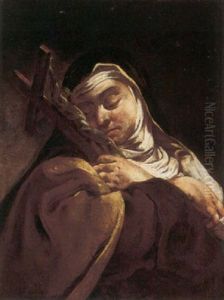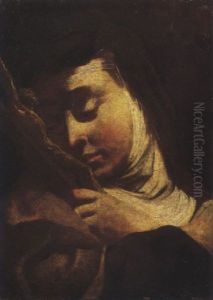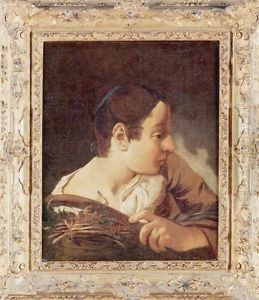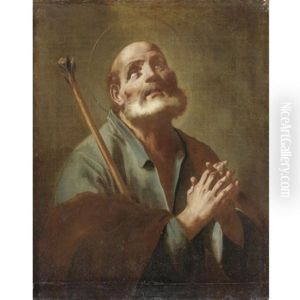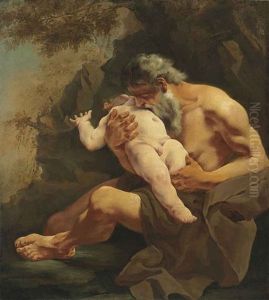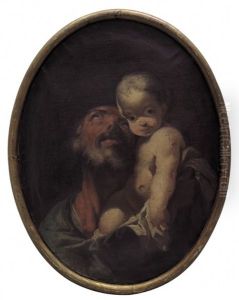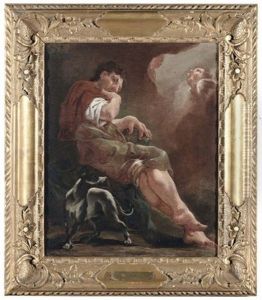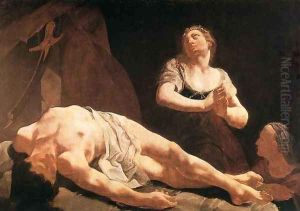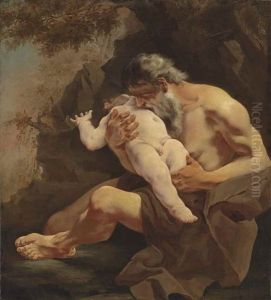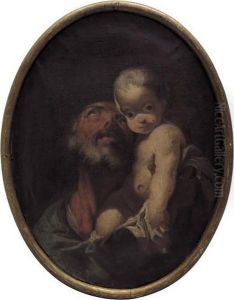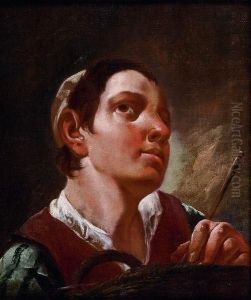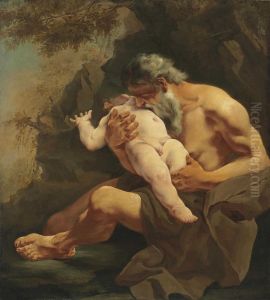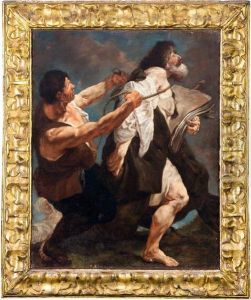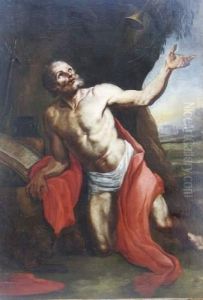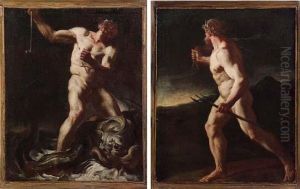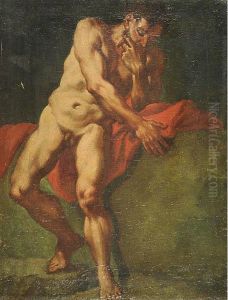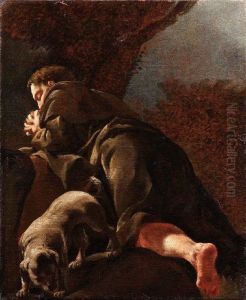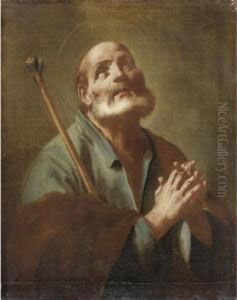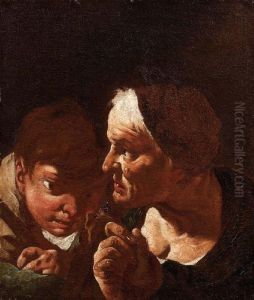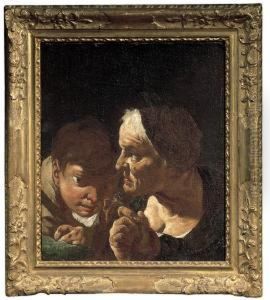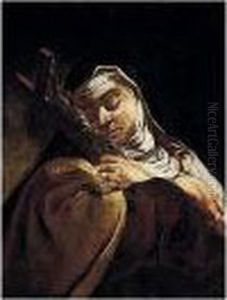Giulia Lama Paintings
Giulia Lama was an Italian painter and poet of the Baroque period, born in Venice in 1681. She is recognized as one of the few female artists of her time to have received a comprehensive education in the arts. Lama was a pupil of Antonio Balestra, a prominent Venetian painter, and her works show a strong influence from the Venetian school, particularly in her use of color and light. Despite the restrictions faced by women in the arts during the 17th and 18th centuries, Lama managed to carve out a successful career for herself as a professional artist.
She is known for her religious and mythological scenes, portraits, and, notably, for being one of the first women to study and paint the nude figure, a subject traditionally reserved for male artists due to societal norms of the time. Her bold choice to engage with such subject matter not only demonstrates her exceptional skill and understanding of human anatomy but also her determination to break through the gender barriers of her era.
Lama's work was well-regarded by her contemporaries, yet she remained something of an outsider in the male-dominated Venetian art scene. Despite this, she achieved significant accomplishments, including receiving commissions for religious institutions, which was a considerable achievement for a woman artist at that time. Her most famous works include 'The Martyrdom of Saint Eurosia' and several powerful portrayals of biblical women, which showcase her ability to convey deep emotional intensity and spiritual depth.
Giulia Lama died in 1747, and for many years after her death, her contributions to the art world were largely overlooked. However, recent scholarship has begun to re-evaluate her work, recognizing her as an important figure in the Venetian Baroque movement and a trailblazer for women in the arts. Today, her paintings can be found in various Italian museums, and she is celebrated for her pioneering spirit and her contributions to breaking gender barriers in the art world.
